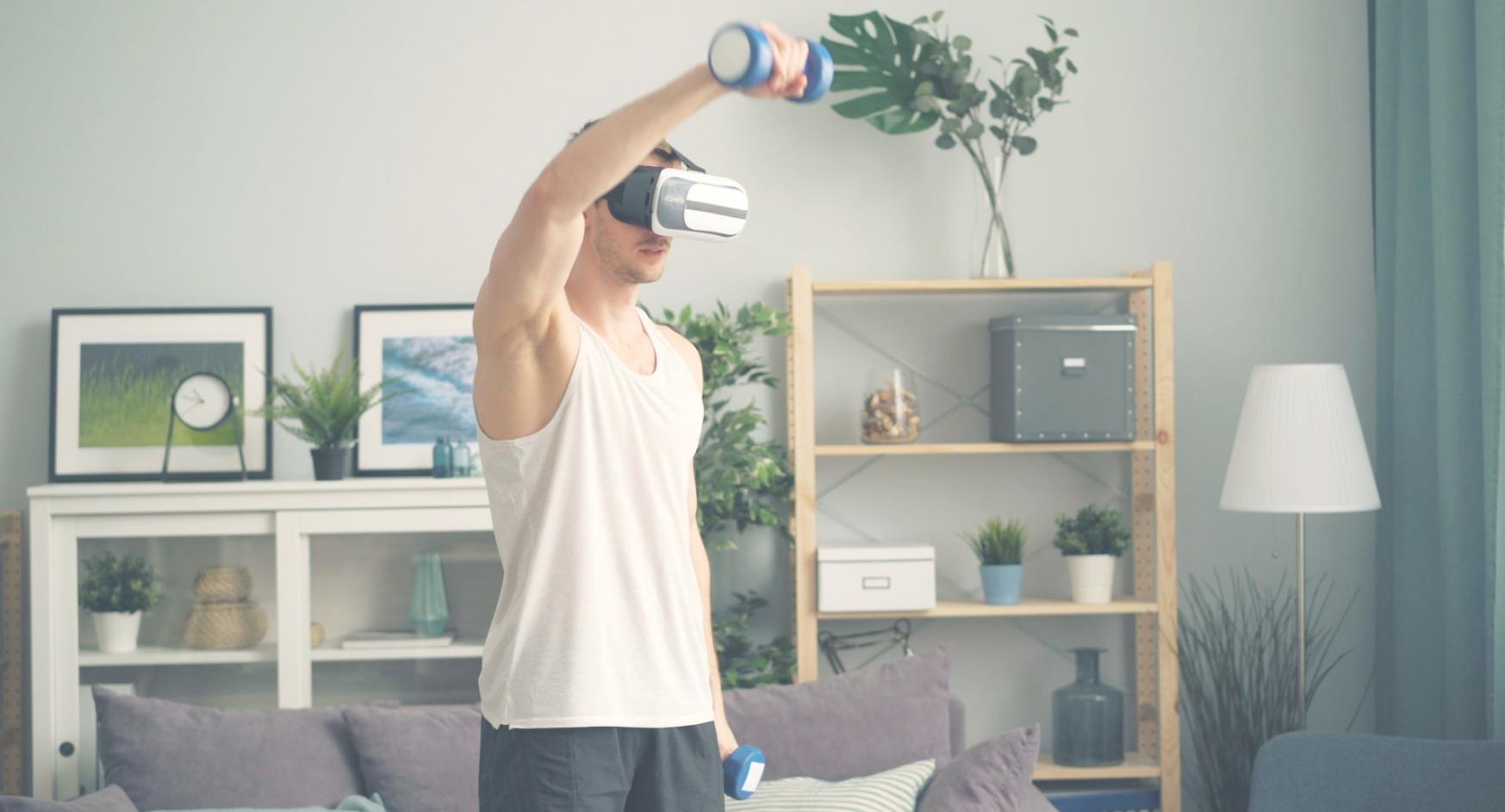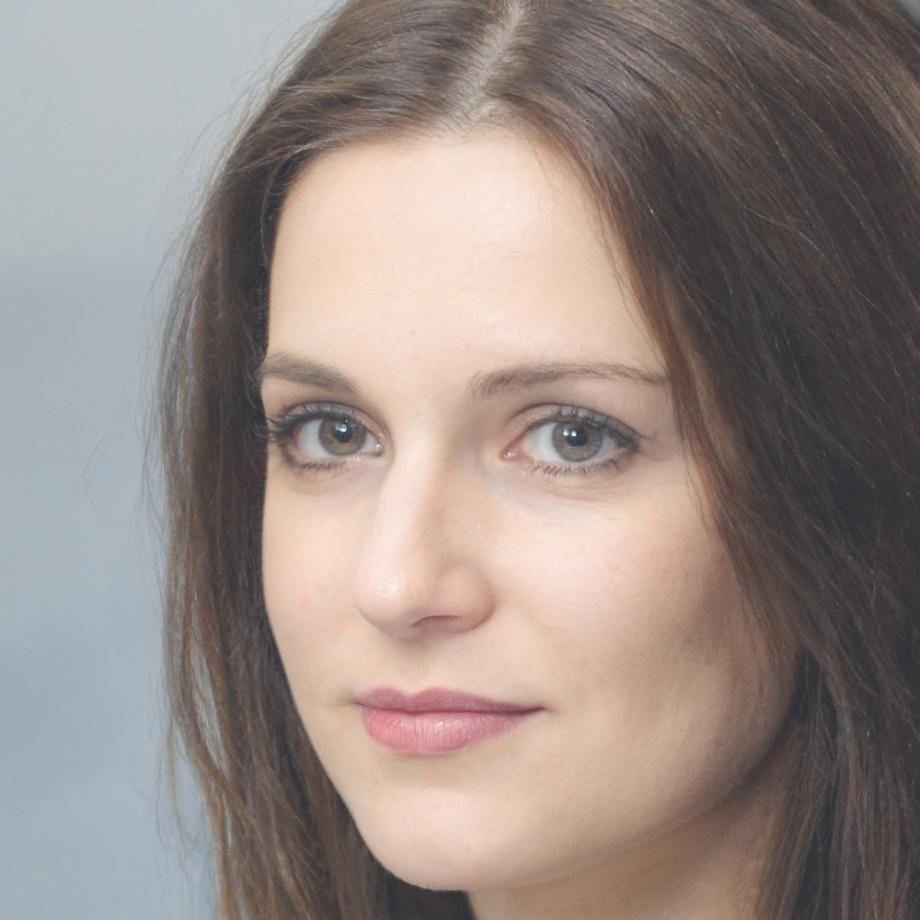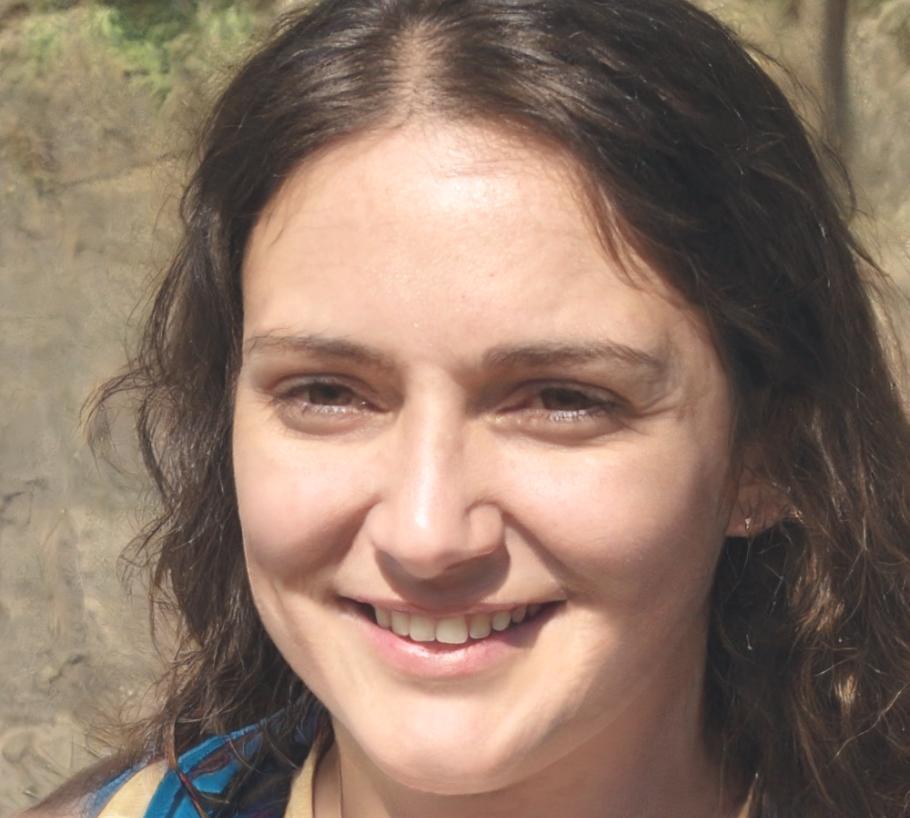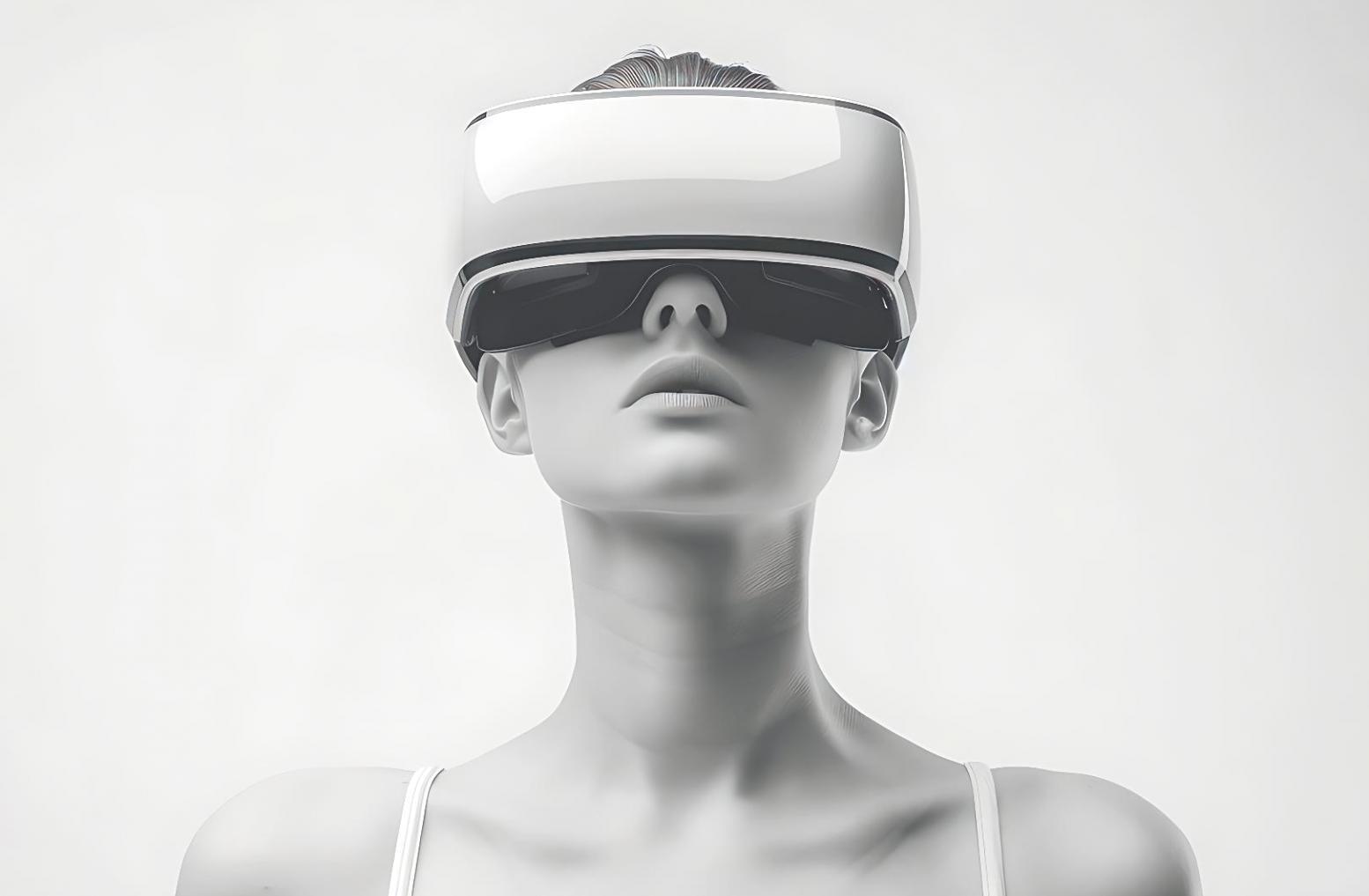Building Virtual Worlds That Actually Work
Most AR/VR courses teach you to follow tutorials. We teach you to solve problems. Learn how to integrate immersive tech with Unity and Unreal Engine through projects that mirror what studios actually need.
See Program Details
How Our Approach Differs
Start With Broken Code
Your first week? Debugging someone else's VR locomotion system. Because that's what junior developers actually do. You'll learn faster by fixing real issues than building from scratch every time.
Build Something Nobody Asked For
Mid-program project: create an AR experience that solves a problem you've personally encountered. We've seen fitness trackers for climbers and museum guides for small towns. Your creativity drives the work.
Ship It On A Deadline
Final eight weeks mirror actual production cycles. You'll optimize frame rates, handle device compatibility, and write documentation. Not glamorous, but these skills get you hired and keep you employed.

What You'll Actually Learn to Do
Forget the marketing fluff. Here's what graduates can do by the end of the program, based on project reviews from the autumn 2024 cohort.
- Set up XR interaction systems in Unity using XR Interaction Toolkit without following step-by-step tutorials
- Implement spatial anchors and plane detection for AR apps that work across iOS and Android
- Optimize VR scenes to maintain 90fps on Quest 2 hardware through profiling and asset management
- Integrate physics-based interactions that feel natural rather than floaty or unresponsive
- Debug common issues like tracking loss, controller input lag, and shader performance bottlenecks
These aren't comprehensive skills. But they're foundational enough that you can keep learning independently after the program ends.
Who Teaches This Stuff
Our instructors still work on commercial projects. They teach because they remember how frustrating it was to learn this without guidance. And honestly, because they enjoy it.

Vesna Kolarić
Lead Technical Instructor
Spent six years building training simulations for industrial clients before joining us in 2023. Her specialty is making performance optimization less painful than it usually is. Previously worked with Unreal Engine at a Zagreb-based studio that nobody outside Croatia has heard of.

Petra Novak
AR Integration Specialist
Came from mobile development where she spent way too much time dealing with ARCore and ARKit quirks. Now teaches the AR modules and occasionally rants about Apple's documentation. Started with us in early 2024 after freelancing for three years.
Program Structure and Timeline
Next cohort starts October 2025. Program runs 24 weeks with evening sessions to accommodate working schedules. Expect 12-15 hours of work per week including class time.

Foundation Phase (Weeks 1-8)
Game engine basics if you need them, then straight into XR fundamentals. You'll build simple VR interactions and understand how tracking systems work. No fluff—just the technical foundation you need before complexity increases.
Integration Phase (Weeks 9-16)
This is where it gets interesting. Combine Unity or Unreal with AR Foundation, implement hand tracking, work with spatial audio. Projects get more ambitious, and you'll start making decisions about architecture without constant guidance.
Production Phase (Weeks 17-24)
Build your capstone project with minimal hand-holding. We review your work weekly, suggest improvements, and occasionally tell you to simplify your scope. This mirrors real development more than any tutorial ever could.
Questions People Actually Ask
Do I need prior game development experience?
You need basic programming knowledge—loops, functions, object-oriented concepts. If you've built something in any language, you're probably fine. We cover Unity/Unreal basics in the first weeks for those who need it.
What equipment do I need?
A decent computer that can run Unity or Unreal Engine. For VR testing, we have lab equipment you can use during scheduled times. For AR development, your smartphone works fine for most projects.
Will this get me a job?
We don't make employment promises because that would be dishonest. What we can say: recent graduates have found junior developer positions, freelance AR work, and internships. Your portfolio and networking matter more than the certificate.
Can I work full-time while taking this?
Evening sessions are designed for that. Most students work during the day. Expect to spend weekends on project work, especially during the final phase. It's demanding but manageable if you're organized.
What's the refund policy if I need to drop out?
Full refund within the first two weeks. After that, prorated refund based on remaining sessions. Life happens—we get it. Details are in the enrollment agreement you'll receive.
Applications Open for October 2025
We review applications on a rolling basis starting June 2025. Limited to 18 students per cohort to maintain quality. If you have questions before applying, contact us—we actually read and respond to emails.
Get Application Details